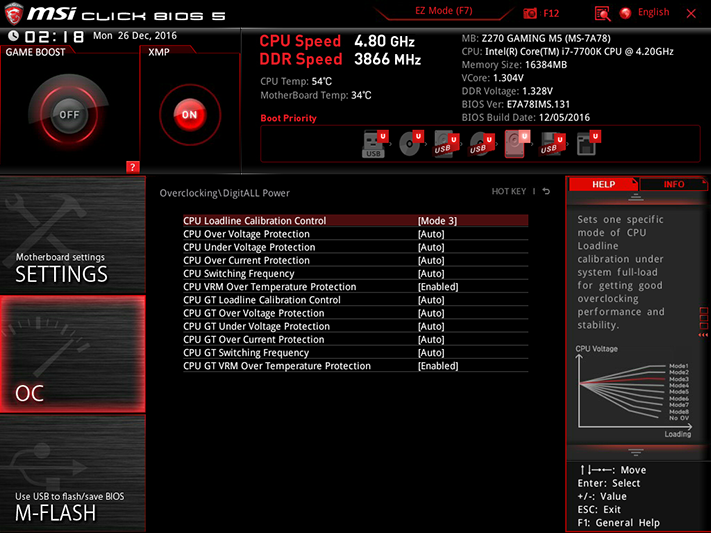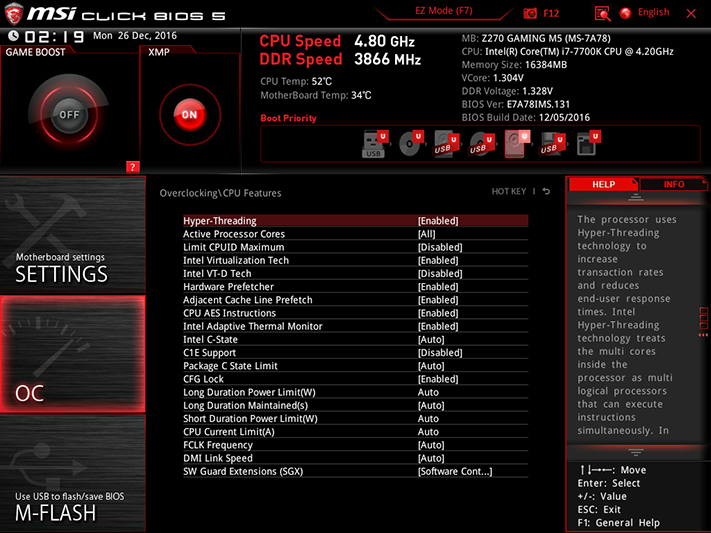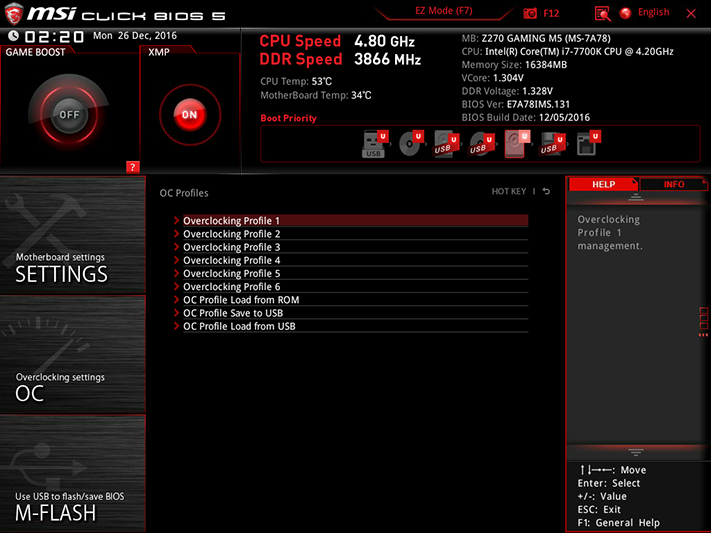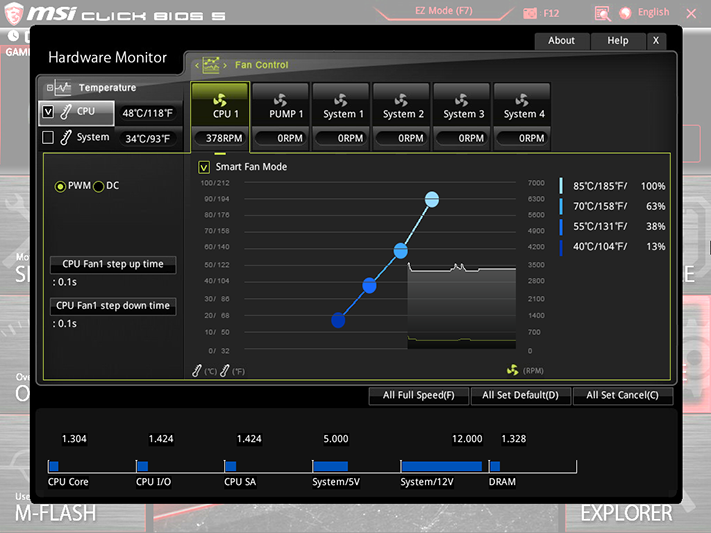MSI Z270 Gaming M5 ATX Kaby Lake Motherboard Review
Is MSI’s middle “Master” motherboard combines the firm’s extensive Z170 overclocking experience with Intel’s latest Z270 platform features. Is it worth the price of entry?
Why you can trust Tom's Hardware
Accessories, Firmware And Overclocking
As one of the new generation of motherboards with integrated RGB lighting controller, the Z270 Gaming M5 adds an RGB connector cable to the ordinary assortment of four SATA cables, an SLI bridge, and a plastic-reinforced aluminum I/O shield. A molded MSI gaming badge, cable tags, driver CD, and documentation complete the package.
Updates to Nahimic audio software and the Killer networking control center advance the Z270 Gaming M5’s software suite compared to our recent Z170A Gaming Pro Carbon review. The Nahimic updates include HD Audio Controller 2 with advanced launch controls, and Sound Tracker to help gamers locate the source of noise (from other players).
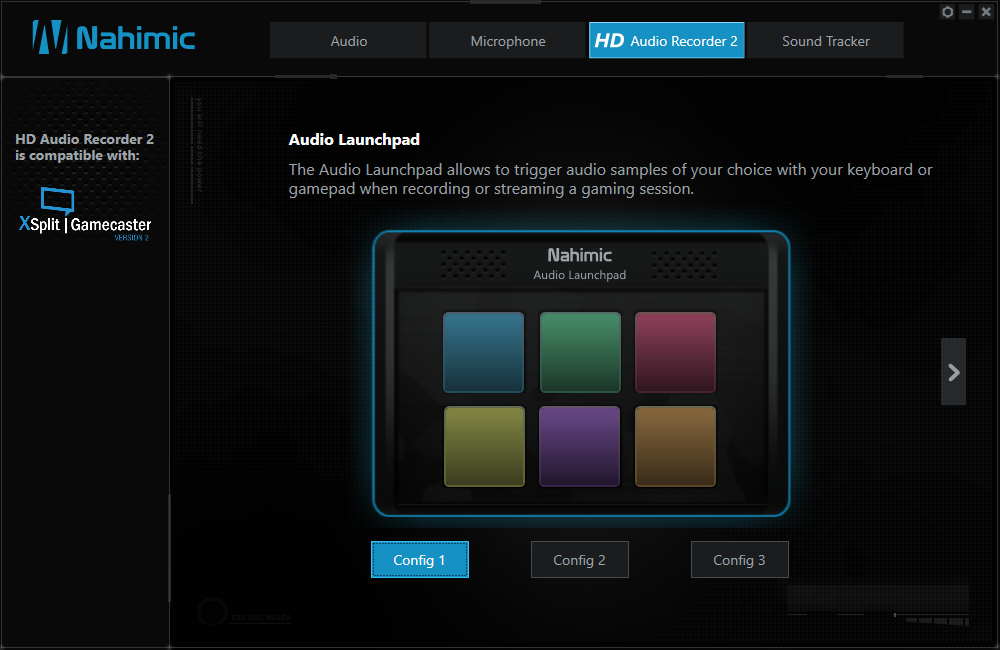
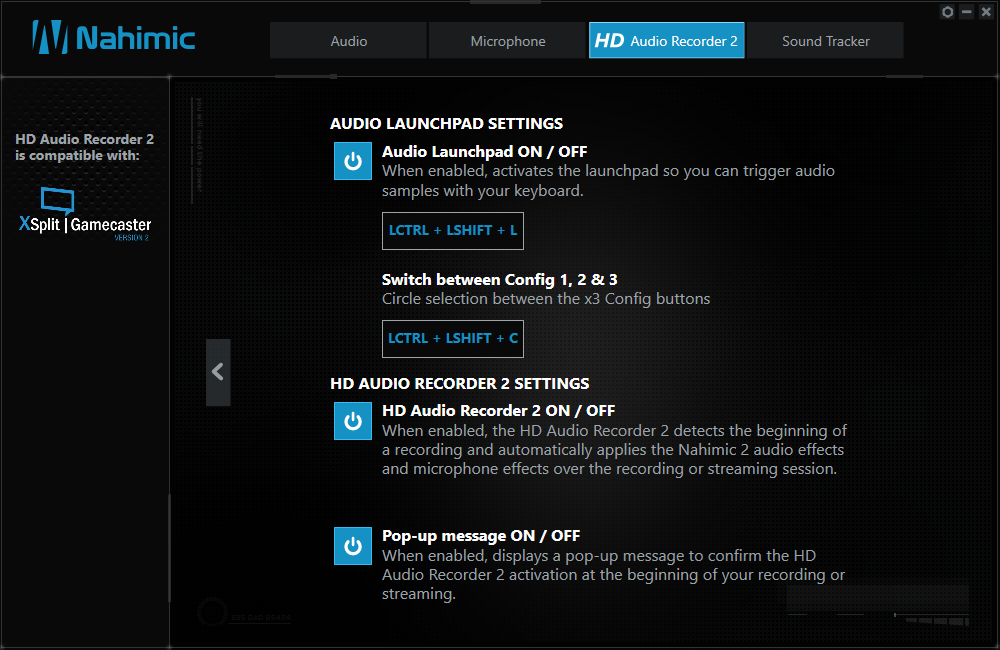
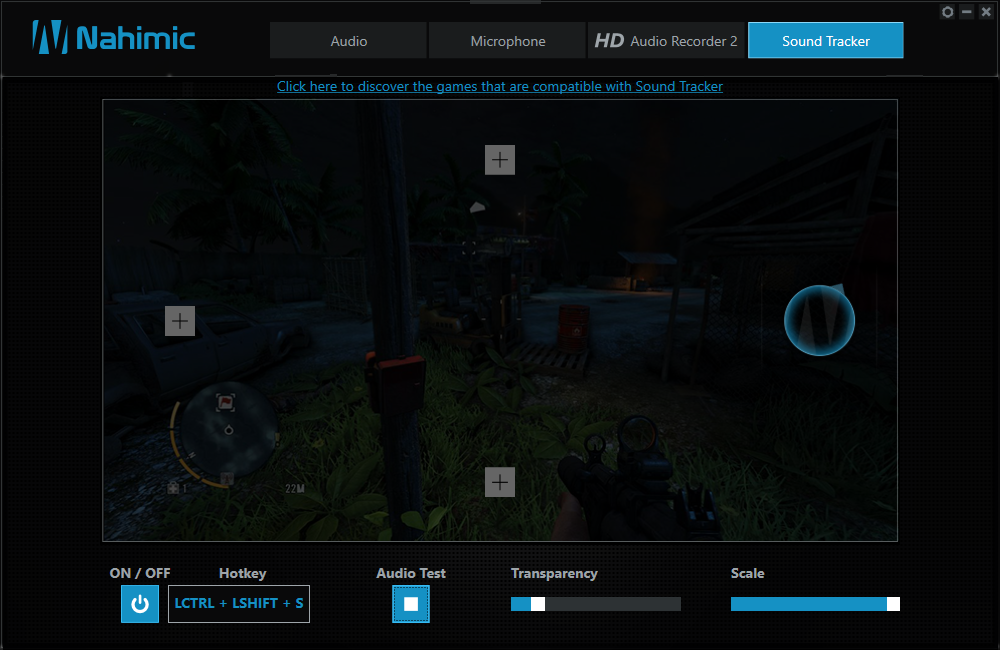
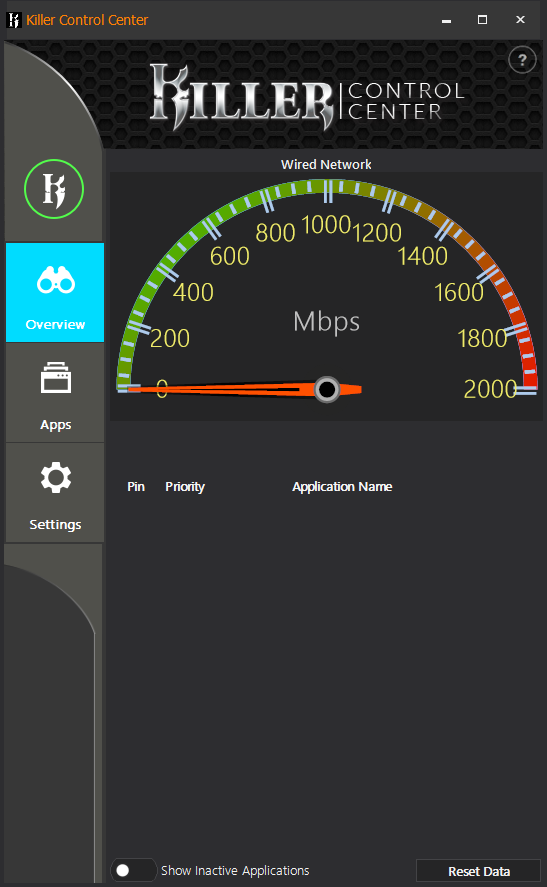
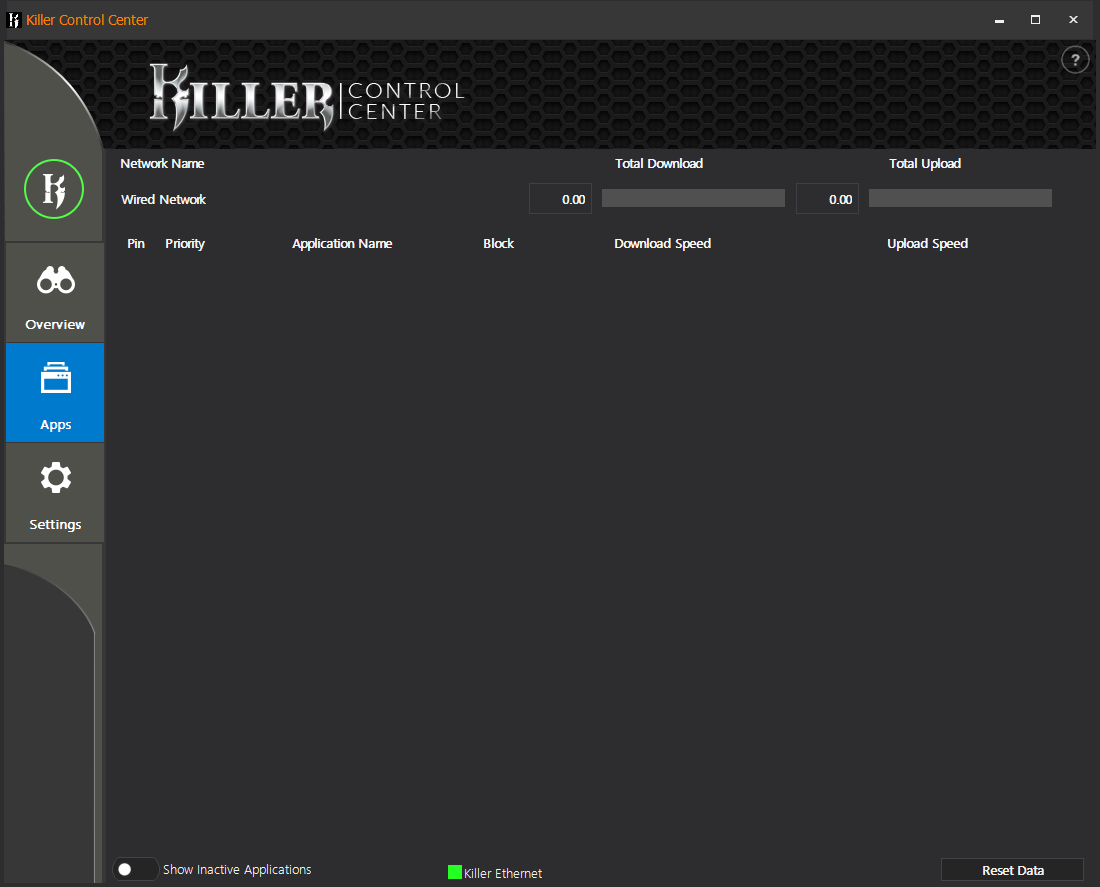
MSI Click BIOS 5 still opens into “EZ mode,” which shows basic configuration settings and provides an XMP-enable button.
Striking the F7 keyboard key takes tuners to the Z270 Gaming M5 Advanced menu, which includes traditional BIOS-style submenus under the “Settings” group, tuning features within the Overclocking group, a reboot function for entering integrated firmware flash functions, an overclocking profile group, and a fan settings group.
Note the “Misc Setting” menu expansion in OC Settings. By default, it includes an enabled “Enhanced Turbo” setting that forces the CPU to run at its maximum Intel Turbo Boost ratio regardless of the number of cores being stressed. We disable this in our baseline benchmarks, because it violates the CPU's rated power and thermal envelope and gives boards that have this feature an artificial performance advantage over those that do not. The setting disappears when using a custom overclock, such as the 4.80 GHz shown.
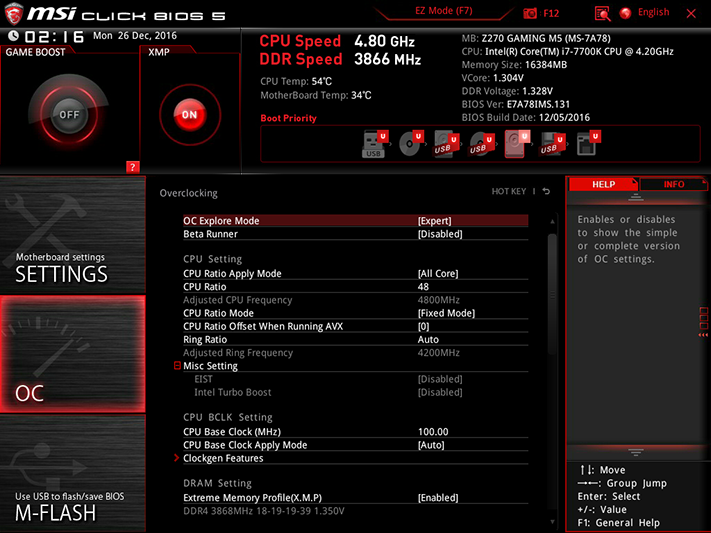
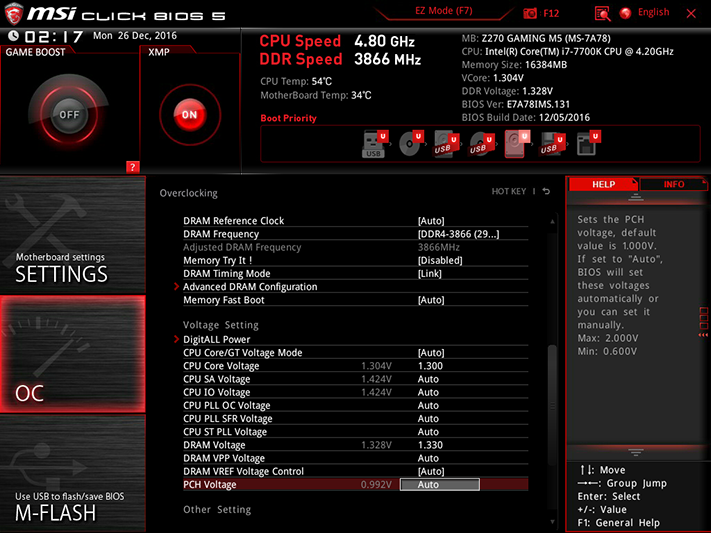
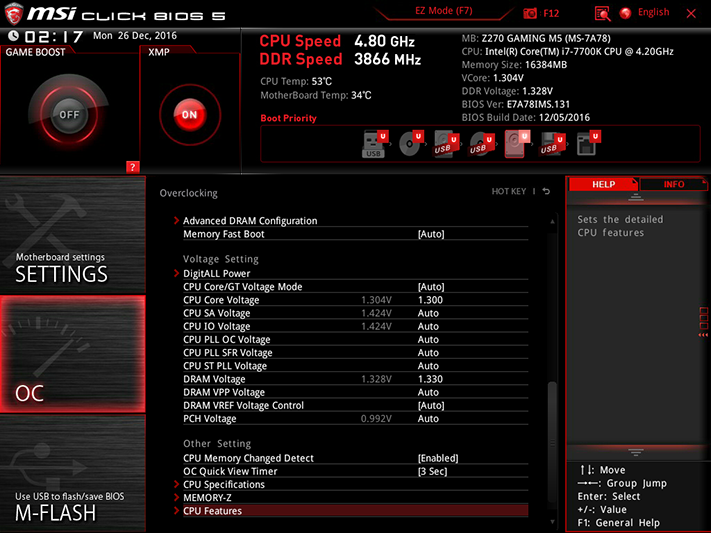
Another setting — “CPU Ratio Offset When Running AVX” — appears to be a way to cheat in overclocking charts. Operating in the reverse of “Enhanced Turbo” ratios, it reduces the CPU multiplier whenever AVX-based stress tests such as Prime95 are used. Although this allows overclockers to claim ultra-high stable frequencies, we don't consider an overclock stable until it's able to support a complete CPU load.
We were able to reach the expected 48x CPU ratio at default BCLK while using a 1.30V BCLK and Mode 3 “Loadline Calibration.” The next setting down — Mode 4 — allowed core voltage to sag to 1.296V under heavy load.
Get Tom's Hardware's best news and in-depth reviews, straight to your inbox.
The DRAM timings submenu adds special items such as DRAM Voltage boost to the expected primary, secondary, and tertiary timings. The Z270 Gaming M5 supported a pair of our DDR4-3866 modules at its rated settings, but only reached DDR4-3636 with the full four-DIMM set installed. DIMM voltage is also something to watch out for, as the board reported 1.36V when our voltmeter read 1.38V. Manually setting the DIMM voltage to 1.330V caused the motherboard to produce a measured 1.35V at the slot, while firmware reported 1.328V.
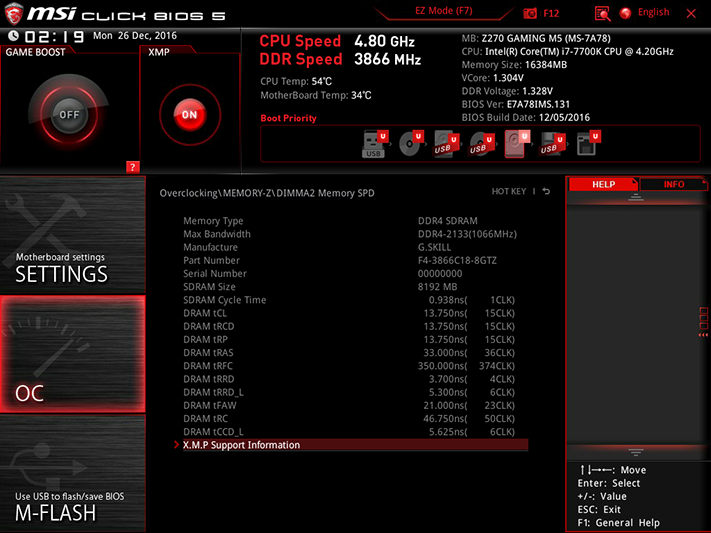
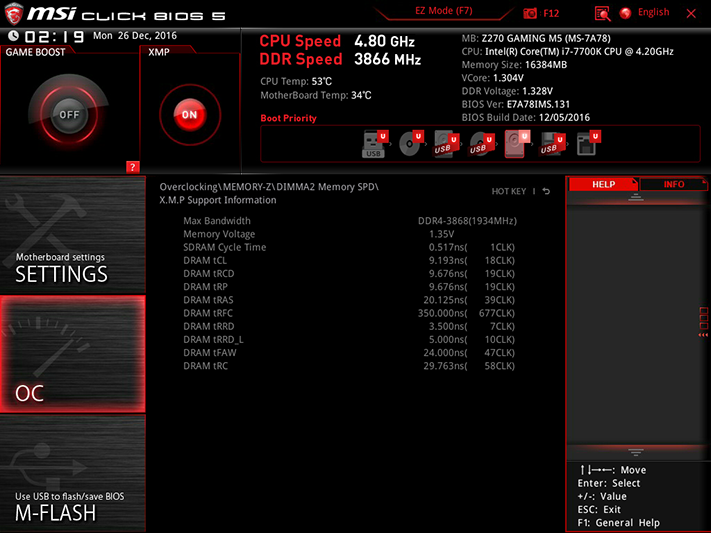
Memory-Z reports the memory’s highest SPD values, in addition to its first XMP configuration.
Several power saving features are disabled by default. We enable these when performing our basic performance and power consumption evaluations to maintain consistency with Intel’s specifications.
The Z270 Gaming M5 has enough space within its onboard ROM to store six overclocking configurations, and it can also export these profiles to a USB flash drive.
All six fan headers are tied to voltage regulators, and can be manually switched between voltage-based and PWM-based speed control. Users can choose default mapping for each fan, customize their own curves, or set all to full speed simultaneously.
Current page: Accessories, Firmware And Overclocking
Prev Page Introducing The Z270 Gaming M5 Next Page Test Configuration, Results, And Final Analysis-
A price is too high, that is how much fully equipped X99 ASrock mobo costs which in my book is better buy.Reply
-
shrapnel_indie ReplySince this review corresponds to Intel’s official launch, “Previous Averages” use the Core i7-6600K. We’ll eventually replace all of that data with 7700K results as our charts fill up.
Huh? I didn't know the 6600k morphed into an i7 from an i5, how do we pull that off at home? :D -
joex444 X99 CPUs also start at a price higher than any Kaby Lake i5 or i7 and while MSI isn't exactly the best, I would still rate them better than ASRock.Reply -
damric Encouraging to see that 212 base clock was stable. It's only a matter of time before we see some custom BIOSes that allow non-K overclocking on Kaby.Reply -
Crashman Reply
It will go higher still. I had to ADD a 20X CPU multiplier limit to cut the test a little shorter. Because let's face it, once you know a board will cover a 100% BCLK increase, anything more than that is superfluous.19111701 said:Encouraging to see that 212 base clock was stable. It's only a matter of time before we see some custom BIOSes that allow non-K overclocking on Kaby.
-
itsmedatguy Is Kaby Lake just the overclocker's platform? I'm still running an i7-3770k that I'm super content with, but I also switched to a massive 42" 4K monitor and feel shafted that I can't stream 4K content even with a GTX 1080. Any news on Ryzen supporting 4K the same as Kaby? I don't need an upgrade for performance, seems like a waste of my $ to switch platforms just to stream Netflix at 4K...ahg. F******* DRM!!!Reply -
TJ Hooker @itsmedatguy I think you can get streaming/media boxes that support Netflix 4K, may be a better/cheaper alternative to upgrading your PC if you're happy with your current performance.Reply -
elbert Well I wasn't to far off as they are now offer free intel SSD with purchase.Reply
https://www.msi.com/Promotion/Z270-motherboard-ssd-bundle



